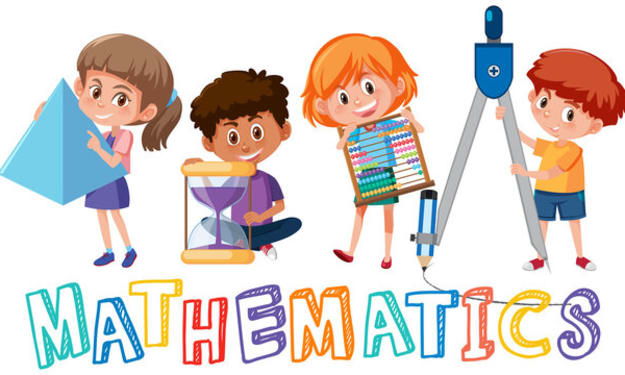We Were Promised Opportunities; Instead, We’re Drowning In Student Debt
How the crisis came about, and what we can do going forward

Student loans can set you up for a path of disappointment and dead ends (Explained: Student Loans). Many people believe they are signing up for opportunities, but instead, what they’re really signing up for is debt.
1.7 trillion dollars in student debt exists today, and 45 million Americans are getting the bill each month for all of this debt. Americans now owe more student loans than credit and auto loan debt.
How did we get here?
Higher Education Act
After Russia successfully launched the Sputnik, The United States was competitively inspired to launch its own satellite two months later, but with failure. Hence, the United States felt it was time to invest more resources in its technology and science sectors, leading to new legislation.
The Higher Education Act of 1965 (HEA) (Pub.L. 89–329) was legislation signed into United States law on November 8, 1965, as part of President Lyndon Johnson’s Great Society domestic agenda. The law was intended “to strengthen the educational resources of our colleges and universities and to provide financial assistance for students in postsecondary and higher education.” It increased federal money given to universities, created scholarships, gave low-interest loans for students, and established a National Teachers Corps. The “financial assistance for students” is covered in Title IV of the HEA (Wikipedia).
But with great benefits can also come significant ramifications…
Consequences of The Higher Education Act
More students continued to go to college and receive financial aid throughout the years. Private institution costs have remained relatively the same, but public institution costs have skyrocketed due to the government’s decreased funding for public universities (where most people go to get their degrees).
Abuse of Power
Since educational institutions have a necessary product (college degrees) to offer, they have no reason to lower the costs to obtain an education. The government and private agencies continue to offer funds to people who can’t afford it, so there is no reason for institutions to lower their costs. There’s too much money to be made.
We are now experiencing exploitative costs in an unregulated educational economy. We are taught from a young age that college is the key to a successful life, and lucrative opportunities don’t exist without a bachelor’s degree. Hence, more and more people are signing up to go to college more than ever before, but one thing is consistent: we can’t afford it.
Grants
Grants are awarded most to low-income students, often including people of color. However, as the years have progressed, the number of grants awarded and the amount awarded to students has declined. More and more minority students from low-income households have to take out more financial aid (aka student loans — private and public) to help fund their education.
I still remember when one of my friends received the pell grant and essentially went to school for free. That grant has since decreased dramatically, only covering marginal educational costs for students.
How Do We Deal With The Student Loan Crisis?
The issue is complex, but at an individual and institutional level, there are a few options that can be deployed:
Educational institutions can lower their costs to better meet students’ financial needs, eradicating exploitative practices.
Instead of going to out-of-state institutions, students can choose in-state or community colleges to save on costs.
Traditional routes can be abandoned, and certification programs and boot camps can replace them (if this is an option for a person’s objective field).
People can adopt a pay-as-you-go model, take fewer hours (classes), and pay for them with cash, so no debt is incurred.
Apply for more programs, scholarships, and opportunities to pay for your educational costs. Many employers are now paying for educational costs. There are also alternative options such as the military or government programs that will pay for your schooling in exchange for service.
If you are already stuck with massive student loans, learn about personal finance so you can obliterate your debt. It will take laser-focus, strategy, and potentially an extra part-time job, but it’s more than possible. I used to have close to 60k in student debt, and I’m a person of color; I know many people have way more student loans than this, but there is still hope. You only need to find the right payoff strategy for your unique situation. Hope is not lost. Many student loans are reasonable enough to pay off if you’re disciplined with money, but I encourage people to rethink acquiring educational loans. Find a different way to fund your education, so you don’t have to strap yourself with student loans financially.
About the Creator
Destiny Harris
Here to inspire ~ career, finance, fitness, personal development, & writing
Get free eBooks from me daily @ https://linktr.ee/destinysharris
Enjoyed the story? Support the Creator.
Subscribe for free to receive all their stories in your feed. You could also pledge your support or give them a one-off tip, letting them know you appreciate their work.






Comments
There are no comments for this story
Be the first to respond and start the conversation.